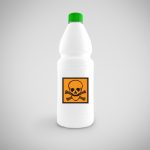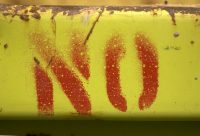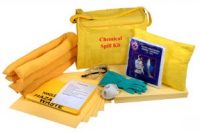Identifying Effective Interventions for Slips, Trips, and Falls, Part II
Slips, trips, and falls on the same level are a leading cause of sprains, strains, tears, and more serious injuries to workers. NIOSH spent 10 years following slip, trip, and fall interventions in three hospitals to determine what caused workers to fall and how falls could best be prevented. Their findings can help all employers […]









